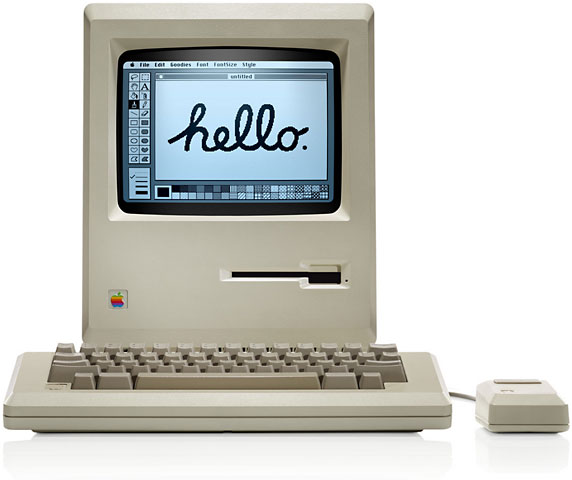|
The choice to pursue a teaching degree begins in many different places, is fueled by a variety of passions, and is inevitably questioned after the first few seconds one actually stands in front of a classroom of their own. As new professionals, teachers are not given a fair shake. Lassoed into teaching the most challenging classes, with the most difficult student populations, new teachers face the most daunting challenges of their careers within the first few years on the job. If they are lucky, new teachers will latch onto a “wily veteran” who can show them how to play the game enough to keep their heads above water. This veteran teacher need not actually be a “good” teacher, as long as they know the tips and tricks of survival in the gamut of public education. When to take attendance, what forms to fill out for absences, which administrator will actually take action, this is the knowledge that teachers truly need to survive. If a new teacher hits the jackpot, they may teach in a district with curriculum maps, pre-planned units and lessons, supportive team members, and a supportive administration and central office. However, even given all the tools necessary for success in the classroom, a teacher will fail 100% of the time if they are unable to grasp the simple, most-concrete, and foundational truth: relationships are the fuel of education.
New teachers need to be taught that knowing a student’s name is more important than their lexile level. New teachers need to understand that PLCs will function better for building camaraderie and group therapy than planning common assessments. New teachers have to suck it up and pick up the phone to build the web of support that some students rely on for motivation. New teachers must come to grips with the knowledge that what they talk about is of far less consequence than what they are about. And, it makes sense. Lesson plans take patience and skill, while relationships call for character and compassion. PLC’s take time, while discussions with students demand true focus and attention. Integrating technology takes professional development and troubleshooting, but integrating humanity into our classrooms take honesty and artistry. Teachers will never maximize their impact unless they hold fast to the maxim that honest, genuine, and mutually up-building relationships between two people weave the fabric of the educational process. It weaves the fabric of the educational process, because at its core, the educational process is a fulfillment of human purpose on earth: to be in relationship with others.
0 Comments
If it is true (and I believe wholeheartedly that it is) that students are the only ones that choose when and where they are going to learn, then a teacher’s job is to do everything they can to make whatever time they have with students the time and place where students want to learn.
When I was getting my Masters degree in Education from Milligan College in East Tennessee, I wrote my Thesis on the question of whether the use of PowerPoint in an 8th grade American History classroom had a positive effect on student learning. (Spoiler Alert) It did not. For some years after I finished that thesis, I never thought about again. As my teaching career progresses, I do, from time to time, reflect on the fact that the presence of an Ed. Tech. tool did not prove to be of any consequence on student learning. I have read similar, and definitely much more official and academic, studies focusing on the presence of educational technology in the classroom. The majority of research seems to tell a similar story. The presence of educational technology in the classroom does not have a positive effect on student learning. From these findings, it seems that researchers and educators draw their own conclusions. Some old-timers use them as justification for maintaining the status-quo. Ed. Tech. enthusiasts insist that it is not just the technology, but how it is implemented. Both of these conclusions frustrate me. It seems that most teachers talk past one another when it comes to whether educational technology is a benefit in the classroom. I have recently, and firmly, decided why this frustrates me. Both conclusions miss the boat. When some/most teachers talk about educational technology, and how\if it should be implemented in their classrooms, they are really attempting to justify how they teach. It seems we teachers are nothing if not primarily interested in the justification of what we do in the classroom. But, real teaching and learning has never been about the tools that are used. That debate is secondary, and, in many cases, inconsequential. When educators talk about the use of educational technology and what happens in the classroom, the focus should be on how to best provide students with educational opportunities in which they willing choose to participate. |
Jay Andrew Irvin Seeking student-centered educational experiences based on healthy, sustaining, and supportive relationships. ArchivesCategories |




 RSS Feed
RSS Feed
